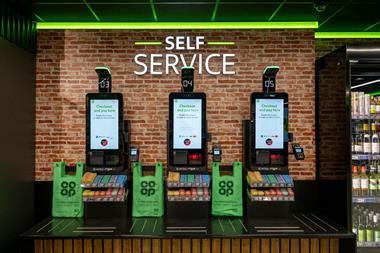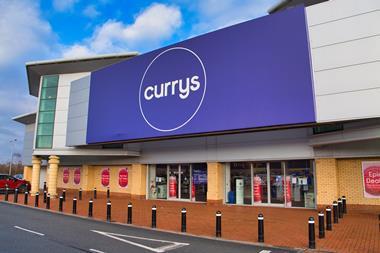Retailers rely on technology to minimise delivery distances, whether they run their own fleets or not, finds Joanna Perry

Y ou have stores all over the country, they need replenishment at different frequencies and you also have to factor in the bulge in product volumes moving through your supply chain in the run-up to Christmas.
It’s a massive logistics exercise. And one that must also consider the costs and environmental impacts of the delivery schedules and routes that are chosen. Thankfully, technology is providing both retailers and their haulage contractors with the tools they need.
For some, a planning system that simply juggles store positions, vehicles and staff available is enough to make good decisions. For the most complex supply chains, the addition of telematics - technology on the lorries to monitor position, movements and even whether the driver is being economical with his use of the controls - enables a finer degree of control. Even changes of route once lorries are out on the road are possible.
This summer Tesco announced it was investing in an advanced planning system from Ortec to help with the optimisation of its supply chain.
In particular, the grocer wants it to cut operational costs, help to deliver its commitment to optimising efficiency, increase resource utilisation and drive down carbon emissions.
Sainsbury’s already uses a system that integrates planning optimisation with telematics. The Paragon system, used for several years to plan routes based on individual driver shifts and available vehicle resources, was combined last year with Isotrak’s Active Transport Management System to monitor the delivery schedule and help replan routes.
Optimised deliveries
Not only can deliveries now be optimised on criteria such as minimising mileage, they can also be re-planned while the goods are on the road. The system has increased driver productivity by 8%, improved empty running by 12%, cut store turnaround times by 15% and increased on-time delivery levels by 17%.
But it is not only retailers who are implementing these systems. Others are benefiting as third-party haulage providers do likewise. The Original Factory Shop is one example. Its long-term haulage supplier, McDowells, has put in place transport optimisation technology. The routing and scheduling software from Paragon Systems has replaced time-consuming manual processes for planning deliveries to The Original Factory Shop’s 140 stores.
Using a fleet of 22 articulated and rigid-bodied trucks, McDowells delivers more than 1,400 pallet-loads of products plus hanging garments each week to the retailer’s stores. Some of these are double deliveries. Between September and December, stock levels increase by 60%. However, the software allows for the change in volume, whereas it took four days for manual planning to cope with changes in delivery frequencies.
Original Factory Shop has outlined ambitions to be operating 500 stores by 2020. Its logistics system allows McDowells to add additional stores to its plans easily, and gives guidance to the haulier as to where it needs to extend its existing fleet and invest in additional capacity. The company says this removes guesswork from its business plans.
The next phase of the project will see McDowells expand its use from fixed-route, single-depot planning to multi-depot planning, as it sets up satellite depots to deal with its customers’ expansion plans.
Fuel costs, the need to hit carbon reduction targets and the improved efficiency that comes from better delivery planning mean that such optimisation systems are only ever going to grow in use within the retail sector.


























No comments yet